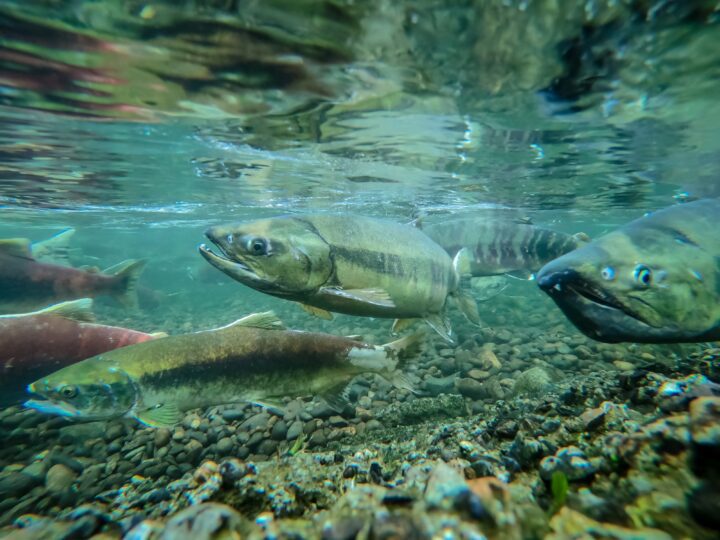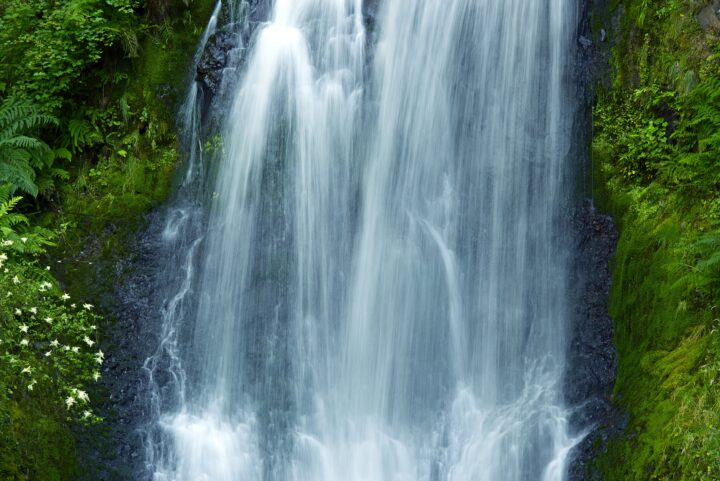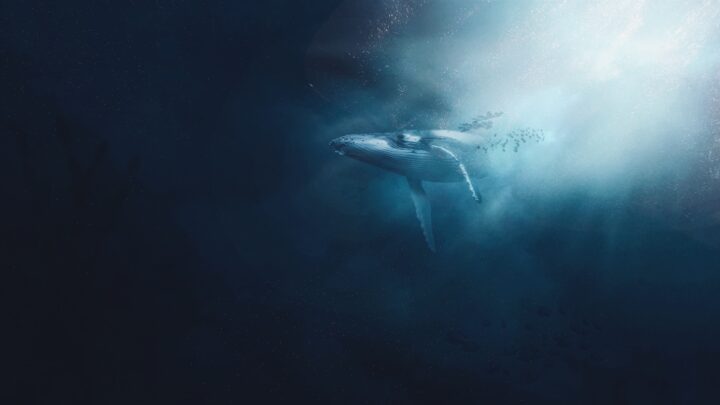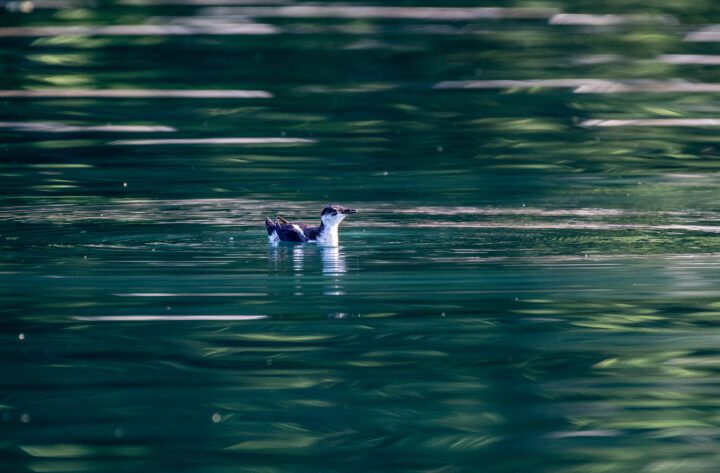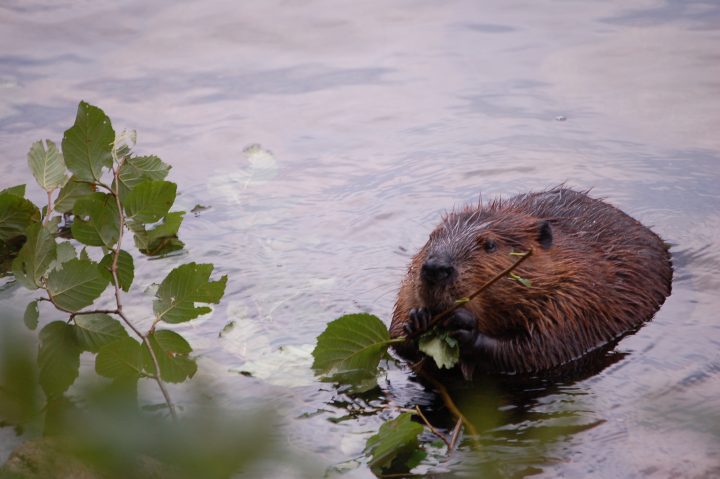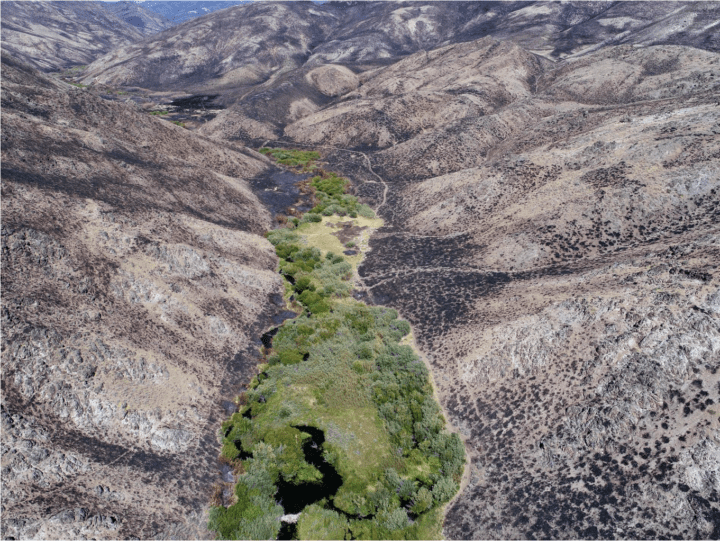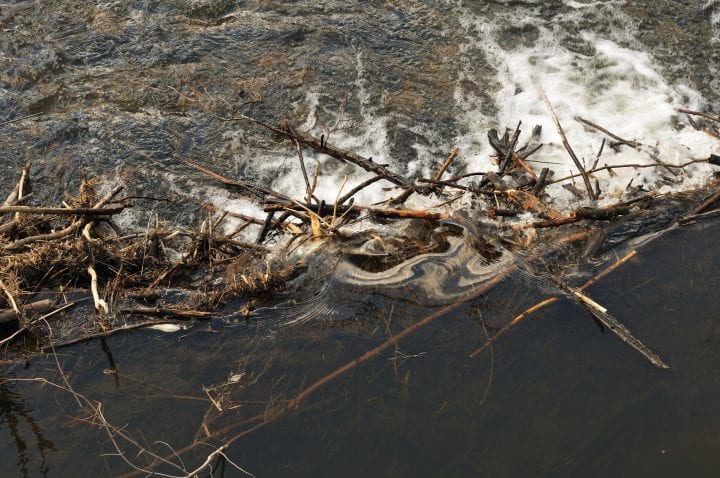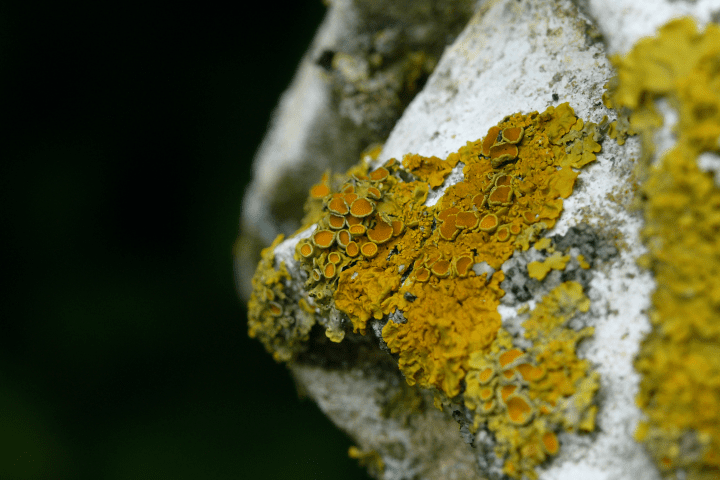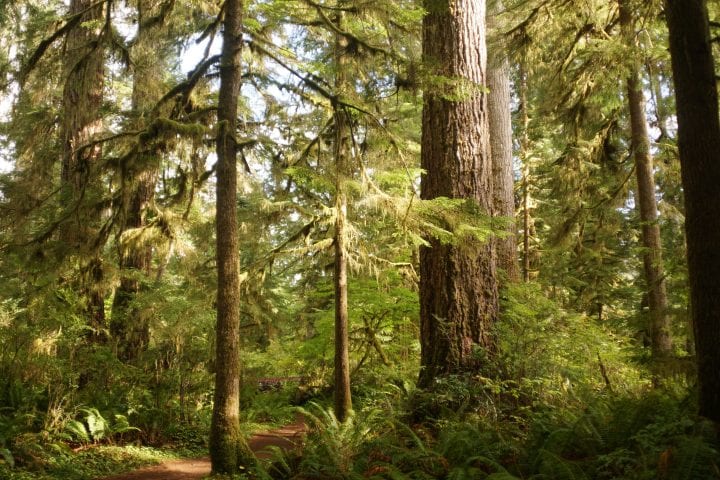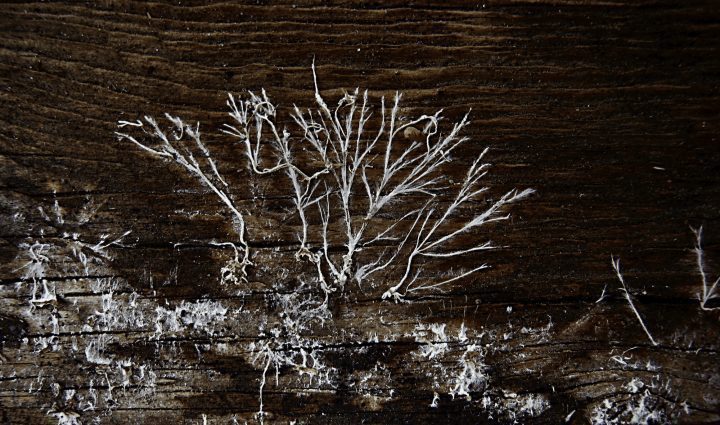High mountains, wild rivers, deep inlets, countless islands, and trees that reach to heaven—discover how they all come together to create a unique harmony of life in Cascadia.
Life on Earth is shaped by the land itself, and in turn, the land is shaped by the life upon and within it. The unique features of both land and life in any area, and the particular ways they interact, create the distinct qualities and spirit of what we call “bioregion” or “ecoregion”, or most simply, “place.”
The northwest coast of North America is one such place. It is known to humans by many names. The earliest of those are likely lost to time, fading or altering dramatically in the more than 20,000 years that humans have dwelt here. Those first human inhabitants remain though, commemorated in cultural history, and physically persistent in the genes of their descendants living there still. Over thousands of years and across more than a thousand miles, many different human communities have made their homes here and given names to each part of the region. Today the region as a whole has a few names: the geographically focused “Pacific Northwest” which orients it on the globe, the geologically focused “Cascadia” which makes reference to the many waterfalls of the mountain range, and the relationship focused “Salmon Nation” which emphasizes the way so much life here depends on the lives of those incredible fish.
Earth, Wind, and Water
The special character of this whole area comes from the fact that the edge of a denser oceanic plate is sliding under a less dense continental plate. The oceanic plate gets pushed down into the Earth’s mantle, where it releases water vapor and other gases that cause the mantle above it to melt. This melted mantle material, called magma, rises up through the continental plate above, forming a great arc of volcanic mountains. In addition, the continental plate gets compressed and folded as it is pushed over the oceanic plate, causing long ridges of mountains. All of those mountains, volcanic or not, are thrust up to great elevations. Through most of the year, prevailing westerlies blow humid air from the Pacific Ocean up the slopes of the mountains. As it rises, it cools and condenses, falling down as rain or snow and eventurally racing back down those slopes toward that same ocean.
Because the region lies in high northern latitudes, the heights of those mountains get extremely cold especially in winter, as Earth’s tilt points the northern hemisphere away from the sun, shortening day and limiting access to the sun’s heat. This causes great amounts of snow and ice to form, expanding in cracks in the rock and loosening pieces large and small. When the northern hemisphere tilts towards the sun in summer, the snow and ice melt, coursing down the slopes, carrying broken rocks large and small with them, which in turn break and wear down each other and the stony surface below them as well. These stones and silt are at times carried to the ocean, washed upon the banks, or settled down to the bottom of the rivers themselves.
This is the foundational story of the region as we know it today–its tale told in earth, wind, and water.
From Swamps to Salmon
In the deep past, there were fewer mountains here, and ocean moisture moved far inland across a warm, low, level landscape inhabited by palms, ferns, crocodiles, and turtles. But around 40 million years ago, the Cascade mountains began to rise. Around 10-5 million years ago, the tectonic and volcanic processes grew enough to create a high, consistent ridge of mountains that blocked oceanic moisture from moving inland, and created the conditions in which our contemporary communities of life have thrived.
In the current post-glacial period of the last several thousand years, the cooler temperatures and regular supply of rain and mineral-rich soils allow different tree species to grow and spread, and provide a scaffold for an incredibly dense array of mosses and lichens to climb and thrive. One of the most prominent trees of today is even more recent in its development. While the ancestors of western red cedar had long been here, the species as we know it only spread in the past few thousand years, after humans were already established in the area (as recorded both in cultural histories of the Coast Salish, and in paleoecological research). The cedar’s fibrous inner bark in particular has been an invaluable resource to human communities in the region ever since.
The characters, challenges, and lessons of life on Earth are many. But the story is all one.
These dense, wet forests create habitats for an astounding diversity of birds, amphibians, and mammals large and small. And the rivers support fish, many of which swim far out to sea and then return––and critically, hunted by birds and mammals, bring the nutrients they acquired at sea up onto the land, enriching the soil and giving the whole community the material foundation it needs to thrive. The annual movement of salmon from the headwaters to the ocean, and then back, play a critical role in bringing rare nutrients from the deep back up into the land, enriching the lives and livelihoods of bears, eagles, trees, and humans alike––even to the extent of many Indigenous communities calling themselves “Salmon People”, and as mentioned earlier, referring to the whole region as “Salmon Nation.”
These are the broad strokes of the story of life and land in this part of the world. The details of how these various features interact and support each other provide us with models for how we too can thrive in harmony with the rest of this community. The species living these stories can be our mentors. And the health and balance of the bioregion itself can be our measure, the goal for which we strive, the star that guides us when seeking to make our own lives here.
However, these lessons are not relevant only among these mountains and forests. The wisdom and genius they hold can inspire humans anywhere–in other cold regions, or in hot ones; in other wet regions, or in dry ones. The characters, challenges, and lessons of life on Earth are many. But the story is all one.
Explore the Collection
From summit to sea, there are countless species interacting with the elements and each other to create this place. Get to know them and their relationships, and see how their strategies might provide inspiration and models to address the challenges and questions you face.



